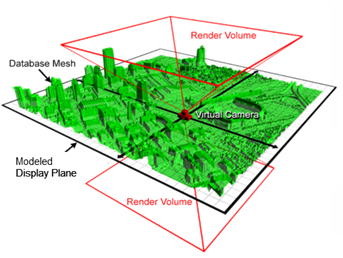This article has multiple issues. Please help improve it or discuss these issues on the talk page. (Learn how and when to remove these messages)
|
The Hogel processing unit (HPU) is a computation for rendering hogels.[1]


HPU parallelism Since many (possibly hundreds) HPUs would be required to drive a single light-field display, it is important that the HPU be an independent processor, requiring minimal support logic and interconnect. The HPU interconnect framework should provide scene, command and sync buffering and relay throughout the topology. Ideally, neither the host system nor the individual HPUs would have knowledge of the interconnect topology or even the depth and breadth of the system.
Hogel parallelism (multivew point rendering) A critical component of the HPU is the rendering of multiple viewpoints (hogels) in parallel per rendering pass of the geometry to take advantage of vertex and texture cache coherency.
Further reading
edit- Klug, M., Burnett, T., Fancello, A., Heath, A., Gardner, K., O'Connell, S., Newswanger, C. (2013). "A Scalable, Collaborative, Interactive Light-field Display System", SID Symposium Digest of Technical Papers
References
edit- ^ Lucente, Mark (September 1994). "Diffraction-Specific Fringe Computation for Electro-Holography". MIT Dept. of Electrical Engineering and Computer Science. See, for example, page 55 in "Chapter 4: Diffraction-Specific Computation", or the "Glossary of Terms and Abbreviations" in Appendix A on page 151.
External links
edit- DARPA's Urban Photonic Sandtable
- DARPA’s 3D Holographic Display Technology
- Hogel Rendering Archived 2015-05-02 at the Wayback Machine
- Hogel Rendering Performance Archived 2015-05-02 at the Wayback Machine